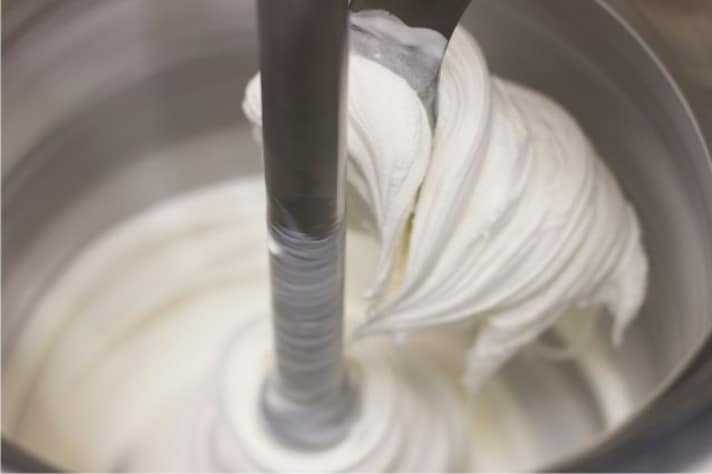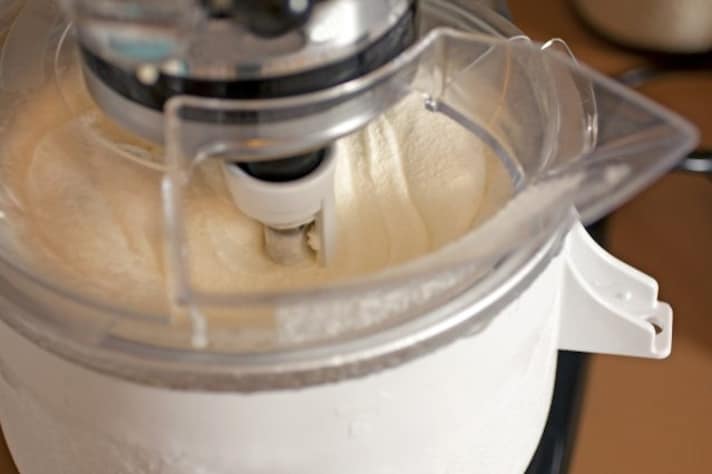Why You Should Never Over-Churn Homemade Ice Cream
Over-churning homemade ice cream can ruin its texture by forming ice crystals and causing the cream to turn into butter, resulting in a grainy, greasy dessert. Stop churning when it pulls away from the container sides to ensure a smooth, creamy treat.

Ice cream, once a luxury treat reserved for special occasions, has become a delight easily attainable at home, thanks to the invention of the ice cream maker. This beloved dessert is now something anyone can whip up in their kitchen, experimenting with flavors and ingredients. However, making ice cream at home isn't without its pitfalls. One common mistake that can sabotage your creamy creation is over-churning. While it might seem like more churning equals smoother ice cream, the reality is quite the opposite. Let's explore why over-churning is a no-go and how to avoid it for perfect homemade ice cream.
The Problem with Over-Churning Ice Cream
Over-churning is one of the most significant issues that can arise during the ice cream-making process. When ice cream is churned for too long, it can lead to the formation of ice crystals, which are the arch-nemesis of smooth and creamy texture. The churning process is designed to incorporate air into the mixture while it freezes, creating that delightful, fluffy texture we all love. However, when overdone, the continuous agitation causes the fat and water molecules to separate, resulting in a grainy, icy texture. This can turn your delicious, homemade ice cream into something more akin to a sad, frozen block.

Why You Should Never Over-Churn Ice Cream
Over-churning should be avoided at all costs, as it ruins the very essence of what makes ice cream so enjoyable. Instead of a luscious, velvety treat that melts in your mouth, over-churned ice cream becomes dense and unappealing. The process also causes the butterfat to coalesce, leading to a phenomenon known as "butter formation." Essentially, the cream can turn into actual butter, leaving you with an off-putting, greasy texture. Not exactly the creamy delight you were hoping for! Additionally, over-churning can over-aerate the mixture, making it too light and losing the rich mouthfeel that makes ice cream so indulgent.

The Ideal Churn Time and How to Spot Over-Churning
So, how long should ice cream churn? The ideal churning time typically ranges from 20 to 40 minutes, depending on the recipe and the machine. The goal is to reach a consistency where the mixture has thickened and taken on a soft-serve-like texture. A good indicator that your ice cream is ready is when it pulls away cleanly from the sides of the container. If you notice that the mixture has stopped thickening and is becoming overly solid or greasy, it's a sign that over-churning is beginning to occur. At this point, it's crucial to stop the machine immediately and transfer the ice cream to a container for further freezing. Remember, homemade ice cream will firm up as it sets in the freezer, so it's better to under-churn slightly than to overdo it.
;Resize,width=767;)
;Resize,width=712;)

;Resize,width=712;)
